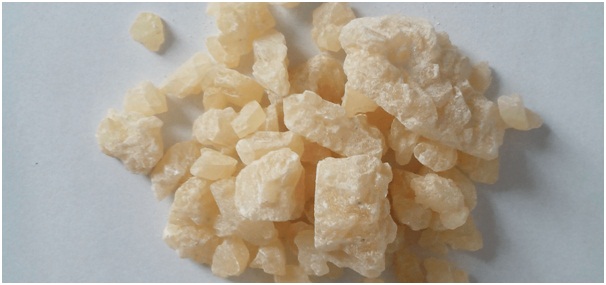
Ecstasy, or as other people call it MDMA, is a recreational drug that causes euphoria in combination with enhanced sensation and increased empathy with others. At the same time, colors and sounds will be more intense, which makes MDMA one of the most popular drugs at music festivals and raves.
According to Phase II clinical trials, experts state that they can treat people with PTSD with small doses of MDMA. It comes in the form of an oral tablet, and it could be in various colors and shapes. At the same time, you can smoke or snort it based on the occasion and wish.
Have in mind that the best way to pass a drug test is to find fake urine kit near me, which will allow you to replace it with real urine and enjoy all the way.
A Brief History Of Ecstasy
A most common myth when it comes to MDMA is that first synthesis was by German pharmaceutical company Merck as an appetite suppressant. They did synthesize the drug in 1912, but not as an appetite suppressant, instead of for developing blood clotting medicine that would save lives.
Testing started in the early years after the synthesis, and in 192 Merck revived the interest in this particular drug. Chemist Max Oberlin stated that MDMA could easily mimic adrenaline because the chemicals shared the molecular structure.
Soon afterward, the initial studies started and the prices of chemical precursors were put on hold. The first human trials began by the US military in the ‘50s. At the same time, the first recipe for MDMA entered the market in the polish-language scientific journal in 1960.
Everything changed when Dr. Alexander Shulgin (click here to learn how he popularized it) read about MDMA in the early ‘70s, and he synthesized and tested it on himself, which means that he became a first person to record MDMA use in human subjects officially. He wanted to use it in psychotherapy because he noticed that drug-facilitated therapeutic communication and raised self-esteem in patients.
However, in 1985, United States listed MDMA as a schedule I drug, which means that it became effectively illegal for all uses, but still, some medicinal trials were conducted and approved in the recent years.
Pharmacology
MDMA affects the brain by increasing levels of three neurotransmitters: norepinephrine, dopamine, and serotonin. It increases dopamine which will provide you the effect of euphoria as well as increased energy, physical effects such as increased blood pressure and heart rate due to noradrenaline.
Visit this website https://www.sciencedirect.com/topics/medicine-and-dentistry/dopamine to see how dopamine affects our physical and psychological perspective.
Due to the serotonin system increase, it will cause characteristic changes in appetite, mood, sleep cycles, and sexual arousal. Spike in serotonin is the reason why you feel empathy and emotional closeness with other people around you.
Toxicology

After you take MDMA, due to short-term dehydration and hypertension, you can get fatal neurological complications. Necrosis of heart tissue and liver is also a common problem that happens in individuals that ended up in a fatality due to overuse of amphetamine derivatives.
Most fatal cases happened due to abnormal high doses as well as previous health complications. It is difficult to tell the role of ecstasy in side effects and adverse reactions because most people that died from it used multiple drugs at the same time.
Similar to any other substance, you should take it in moderation, and heavy users will experience severe complications especially if they do not have tolerance. According to clinical studies, pure MDMA caused no side effects when you take it alone.
Effects
Most people use it for recreational reasons, and one tablet features between 80 and 150 mg of MDMA. This particular dose level means that the outcome will happen approximately after 20 to 60 minutes. The characteristic effects are increased empathy, euphoria, enhanced sensations, and increased energy will last for three to five hours.
It produces a euphoric and relaxed state that includes emotional openness, empathy, a decrease in inhibitions and reduction of negative thoughts. Colors and sounds will appear more intense after consumption.
Some adverse effects are elevated blood pressure and heart rate, chills, nausea, tremor, sweating, jaw clenching, urinary urgency, hyperreflexia, tension, and muscle aches. If you overdose, it can lead to death, and a high dose of it will provide you conditions such as hyperhydration or hyperthermia. It can also trigger serotonin syndrome, which is deadly due to overloading of serotonin levels.
